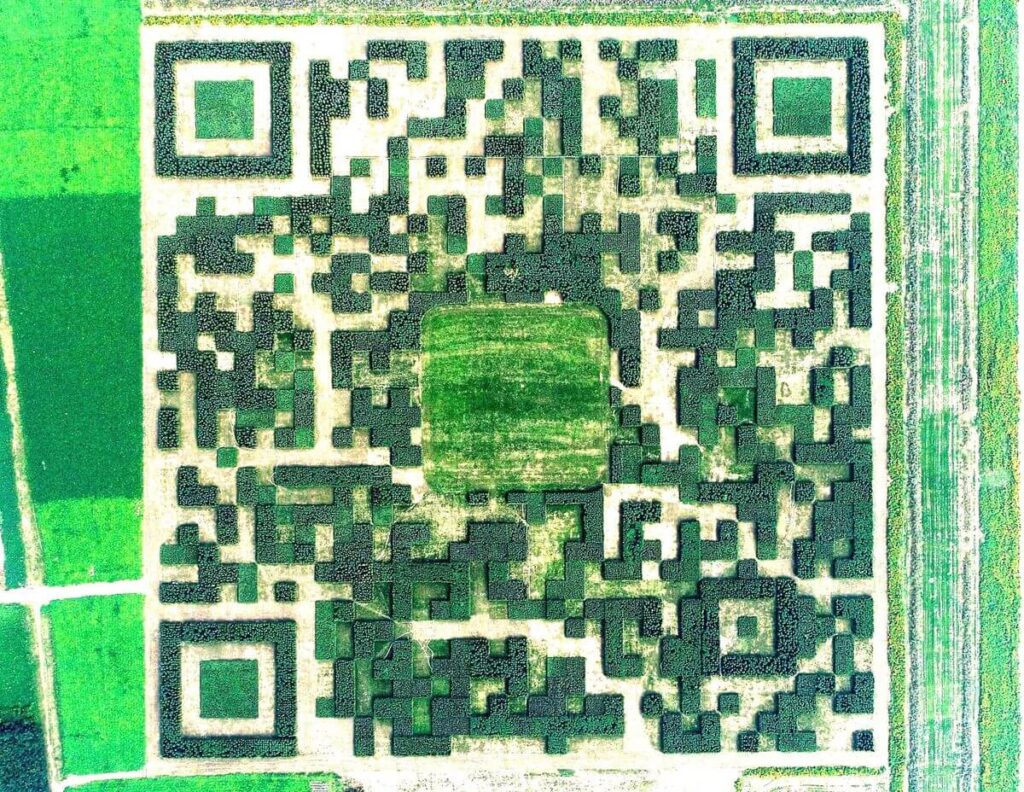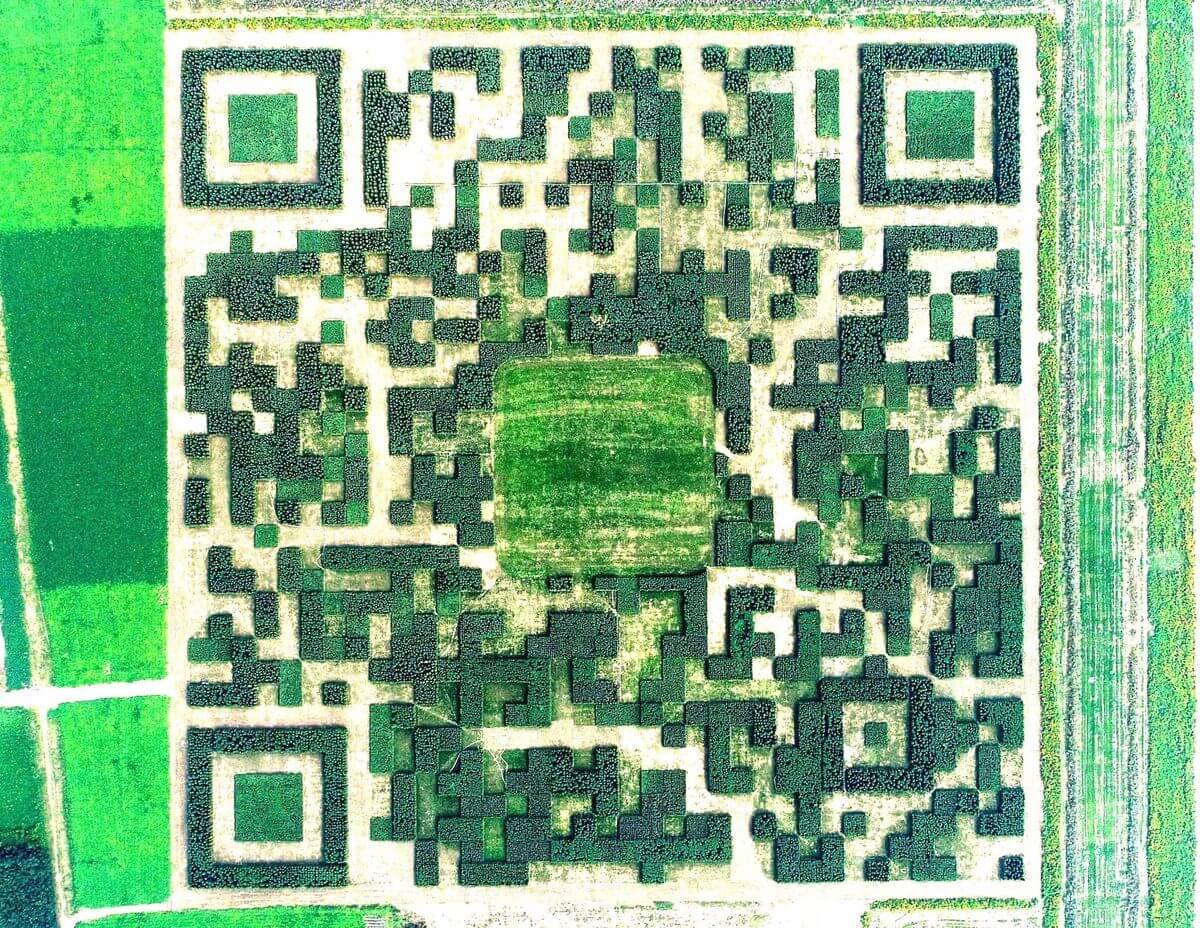The annual revenue from the tourism industry reached a staggering 7.6 trillion U.S. dollars in 2016.
From beautifully shot video commercials to alluring prints ads, countries leave no stone unturned to attract tourists. Marketers have also come up with many unique, and quirky ways to bring in tourists. Once such country is China.
Also read: How cities are becoming tourist-friendly on a low budget
China’s love for QR Codes is widely known. From payments to messaging, the Chinese use QR Code practically everywhere. The tourism industry wasn’t far behind.
Chinese QR Code Field
In what seems to be a first-of-its-kind ad campaign, a village in China has planted 1,30,000 Juniper trees to form a QR Code. Located in Xilinshui village in the city of Baoding, South China, the QR Code is spread across an area of 12 acres.

The QR Code is visible and scannable when people fly overhead it. Scanning the QR Code leads scanners to Xilinshui’s official Chinese tourism page on WeChat.
Though accessible only to tourists people flying towards Beijing, the QR Code has created quite a buzz online.
Earlier in 2016, Vincent Huang, a Taiwanese artist, designed a similar QR Code campaign to raise climate change awareness in Tuvalu. The artist planned to create a giant QR Code mangrove that when scanned, directed people to a webpage with information on climate change and its effects.
Also read: Giant QR Code mangrove to create awareness on climate change
Using QR Codes to promote tourism is not a new concept for China. In August 2017, the Hong Kong Tourism authority introduced designer QR Codes to help tourists discover places in the city.
Read: Hong Kong Tourism Board QR Codes: Colorful QR Codes Serve as Guides
What are your views on this giant QR Code? Share your thoughts in the comments section below.
